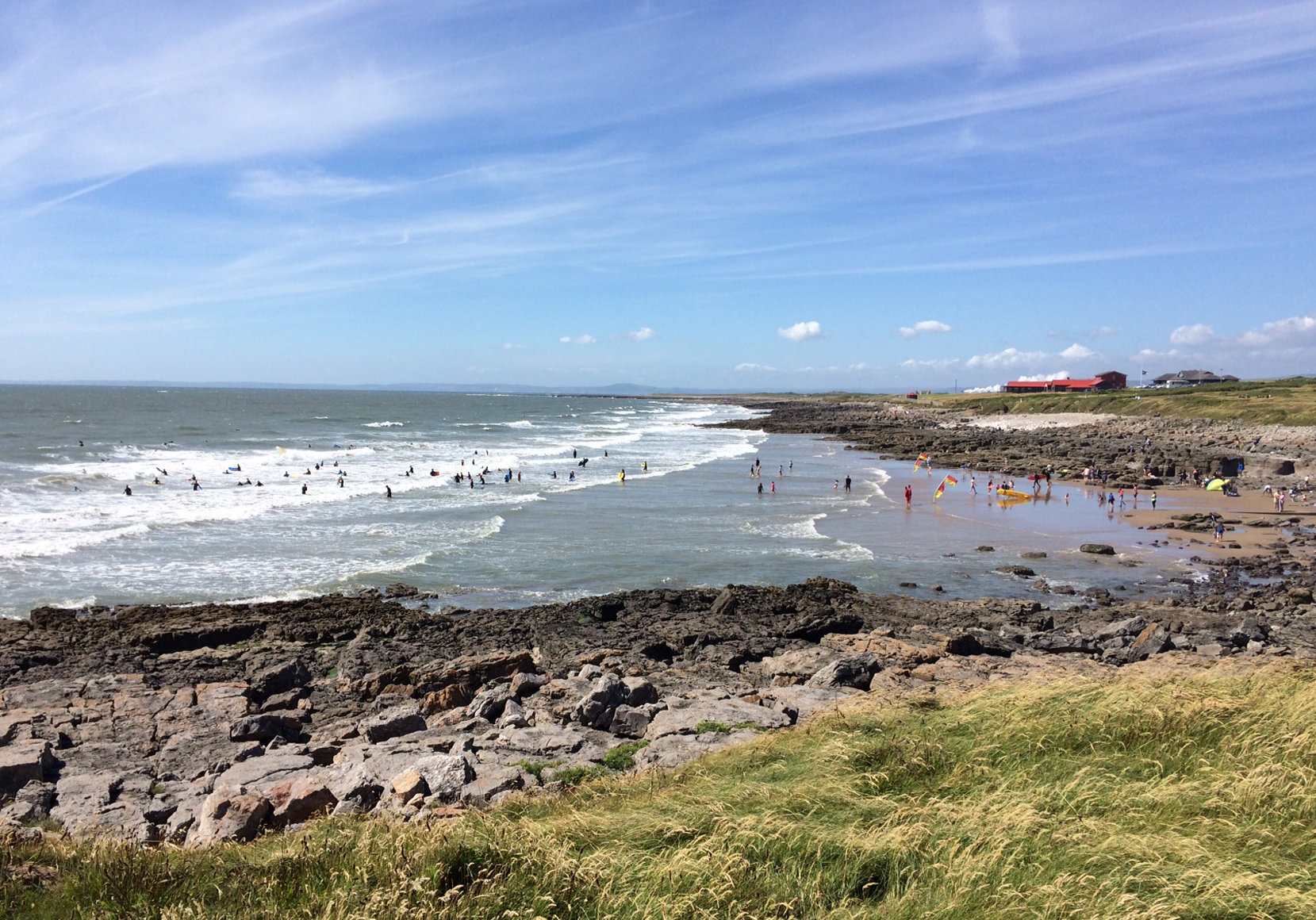Rare orchids thrive at Kenfig
Poster information
Posted on: Thursday 25 July 2019
A recent council check on orchid numbers at Kenfig National Nature Reserve in Bridgend County Borough had to stop when wardens and volunteers found there were too many to count in a single day.
They were amazed to find that in less than five years, orchid numbers at the 1,300 acre reserve have increased from a couple of hundred to more than 4,000.
The site features as many as 15 different species including Twayblades, Autumn Lady’s Tresses, Bee Orchids and more, and is also home to the UK’s entire population of the Fen Orchid - a unique, rare flower which only grows at Kenfig.
There were fears for the future of the Fen Orchid as recently as 2015 after its numbers dropped to fewer than 200.
But thanks to a special landscape management scheme which involves cutting back grass and scraping the surface of dune slacks to encourage and stimulate growth, the Fen Orchids have now increased to more than 1,000.
Most of the orchids prosper at Kenfig National Nature Reserve because they seem to thrive on a shifting dune system. This is certainly true of the super-rare Fen Orchid, which has seen a massive turnaround in its fortunes since our new landscape management system began.
The Fen Orchid attracts botanists from all over the world, but whether they comprise of colourful petals, lobes and florets, spikes of green flowers or delicate white spirals, all of the orchids at Kenfig National Nature Reserve are naturally beautiful. I am delighted that the council has been able to play a central role in protecting the site’s many habitats and ensuring that Kenfig’s orchids can thrive.
We are currently preparing for the handover of the management of the site when the lease expires in 2020, and together with Natural Resources Wales, we are supporting the Kenfig Corporation Trust as they seek to appoint a new organisation capable of continuing with this work.
Councillor Richard Young, Cabinet Member for Communities,
Regarded as being one of Europe’s best examples of a sand dune habitat, Kenfig National Nature Reserve features a mix of coastal dune and wetland environments.
Once part of a massive belt of sand which ran all the way from the Ogmore Estuary to the Gower Peninsula, it was designated a site of Special Scientific Interest in 1953, a Local Nature Reserve in 1978, a National Nature Reserve in 1989, and a Special Area of Conservation in 2006.

